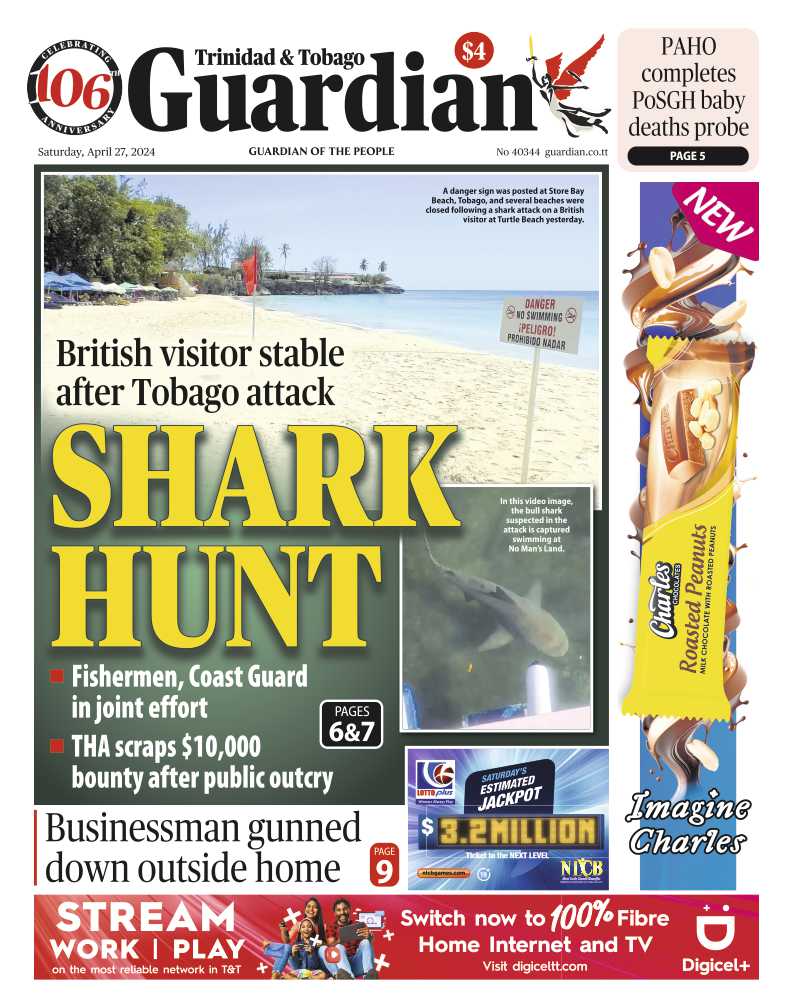The lush, rolling hills and emerald Atlantic waters of the Nature Isle embraced music lovers from October 24 to 26, as the World Creole Music Festival (WCMF) marked its 25th anniversary under the banner: “Global Echoes of the Nature Island: Celebrating 25 Years of Creole Music, Magic and Memories.” Held at the Windsor Park Sports Stadium in Roseau, the event drew thousands of fans, regional stars, and a palpable sense of Caribbean pride and unity.
On Saturday night, the spotlight turned to Kes The Band from T&T. Celebrating two decades in music, the beloved group brought their high-energy soca to the island’s biggest stage, blending Carnival-road thrills that have made them international, Grammy-considered favourites.
Though part of a packed line-up, their set stood out for bridging generations — younger fans danced alongside those who have followed the band from the early days. With hits like “People”, “Hello”, and “Stage Gone Bad”, Kes The Band underscored how the WCMF has become a regional hub where T&T’s soca lives harmoniously alongside Dominica’s Creole sounds.
If the headlining stars drew the masses, it was Dominican-born Asa Bantan, known as the “Bouyon Boss,” who delivered the festival’s most emotionally charged moment. Bouyon, a genre born in Dominica, blends indigenous rhythms like jing-ping and lapo kabwit with electronic, soca, and dancehall influences.
After 12 hours of non-stop music, Bantan took the stage at daybreak — his signature WCMF move, where revelry and sunrise merge. His dramatic entrance as “Asa The Astronaut,” descending from the sky via a crane to plant the Dominica national flag, electrified the crowd. Sunlight collided with sprays of bottled water as the audience cheered, setting the tone for the weekend. Earlier, fans had also enjoyed his latest single, “Batty Bubble”, performed with Jamaican dancehall legend Spice.
Bantan’s performance ensured bouyon was not relegated to a niche slot but stood proudly among soca, dancehall, and zouk — a vital heartbeat of the Caribbean musical mosaic.
The festival’s final night featured the legendary Kassav from Guadeloupe and Martinique. Their tight grooves and Creole lyricism helped define the zouk movement across the Francophone Caribbean. Thousands of visitors from Martinique and Guadeloupe attended, and Kassav’s performance reminded everyone that “Creole music” is a shared language beyond the English-speaking Caribbean — and that WCMF bridges anglophone and francophone rhythms. The crowd’s applause affirmed Kassav’s enduring influence on Caribbean music in 2025.
Jamaican icon Vybz Kartel, dubbed the “King of Dancehall,” electrified Saturday’s roster. His arrival, shrouded in some mystery, heightened anticipation. Kartel — born Adidja Azim Palmer — performed hits like “Clarks”, “Summer Tiime”, “Fever”, and welcomed Spice for a special collaboration. His emotional rendition of “God Is The Greatest” reinforced why “The Teacha” remains an important cultural figure across the Caribbean music scene.
The 2025 WCMF brought together three nights of music, culture, and community, showing that the Caribbean’s diverse musical voices can share one stage. From young troupes mouthing the latest soca hooks to older fans humming legendary zouk refrains, from Dominican bouyon enthusiasts to visiting tourists swept up in the spectacle — the festival vibe was unmistakably intergenerational and pan-Caribbean.
Beyond tens of thousands of attendees, WCMF highlights Dominica’s role not just as the “Nature Isle” but as a transnational beacon of Caribbean culture.
As closing fireworks faded on October 26, the message was clear: WCMF is both a celebration of what has been and a promise of what comes next. Icons like Kassav renewed the French Caribbean connection; Soca heavyweights Kes The Band brought their full drive; dancehall legends Vybz Kartel and Spice delivered thrilling performances; and Asa Bantan ensured the home base shone at dawn.
For the Caribbean young and young-at-heart, this was a weekend where islands converged, music spoke across borders, and the lines between local and regional blurred into one dancing crowd. Roseau, Dominica witnessed the rhythms, the Nature Isle delivered the magic, and the Caribbean — in all its colour, community, and cadence — stood united.
